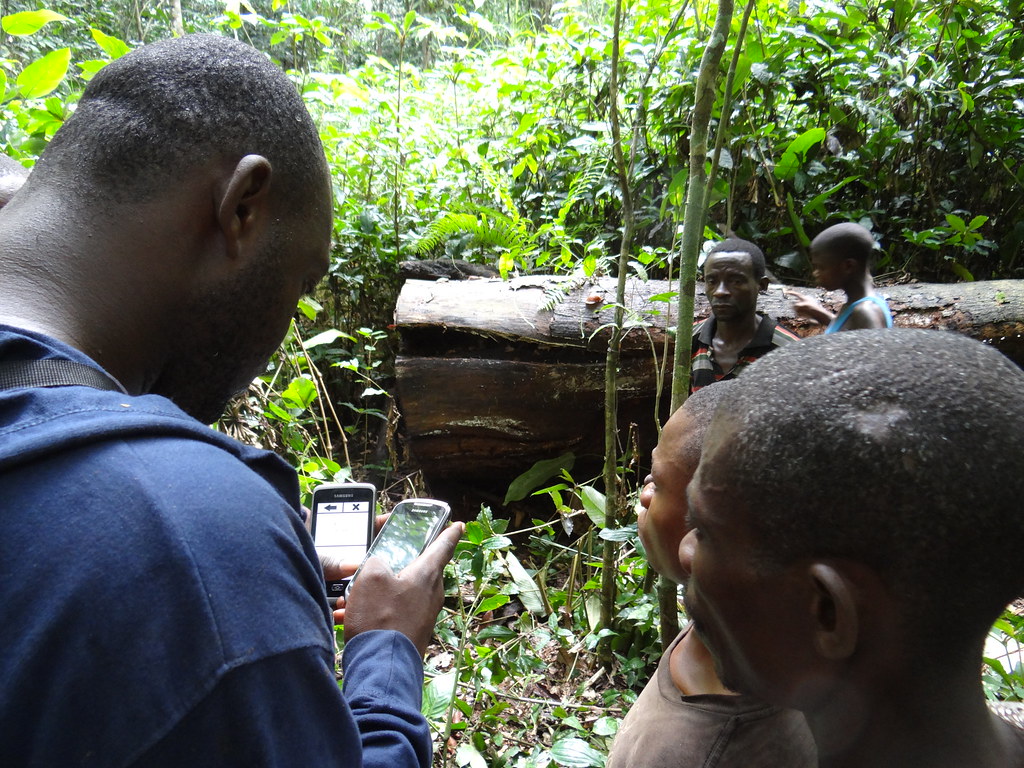Why do we need to develop an Independent Monitoring methodology for REDD+?

Independent monitoring is essential for REDD+ implementation in DRC for three reasons:
-
First, the establishment of an independent monitor will increase the inclusion of a critical stakeholder group in REDD+ decision making: the local communities. It will empower people who depend on the forest and give them more influence over policies affecting their forest, ultimately, to improving forest governance.
-
Second, the independent monitor will build networks of local observers (the local communities) to report what happens on the ground to REDD+ stakeholders. This will improve the knowledge on the deforestation drivers, and will take appropriate solution for maintaining ecosystem services provided by forests.
-
Third, an independent monitoring system will help ensure compliance with the national legislation, ensuring that REDD+ implementing agencies are following the rule of law.
Despite the interest of an independent monitoring system, no methodology has been designed for REDD+ issues. The task presents an exciting challenge.
So what’s the plan?
In DRC, progress is being made. First, a national NGO called Observatoire de la Gouvernance Forestière (OGF) has been created to improve the forestry governance linked to the logging activities. With their expertise in IM-FLEG monitoring in DRC, OGF has experience in both design and implementing an independent monitoring methodology. The second interesting point is that since July 2013, the second phase of the Moabi project has been addressing the issue of the independent monitoring of the REDD+ activities.
Thus, from July 2013, this issue is moving forward: This involved consultations with REDD+ and natural resource experts at the CN-REDD (Coordination Nationale REDD), several REDD+ project implementers (WWF and WWC for instance), international agencies such as the World Bank and UNDP, various departments of the Ministry of Environment, several civil society organization, and other REDD+ technical partners, a work plan and a budget have been built for designing the first steps of an independent monitoring system.
Goals
In 2014, three goals have been determined:
-
A methodology for establishing a network of local observers at the REDD+ project scale will be designed.
-
A methodology for training the local observers to collect REDD+ data will be developed
-
A baseline of the social and environmental safeguard system will be organized at the REDD+ project scale.
To achieve these goals, a multi stakeholders working group is going to be set up. Composed by several national and international institutions, each participant will share his expertise to design a methodology. In addition to this theoretical approach, four field missions will be carried out to implement the outcome of the working group.
Good Luck to each of them!